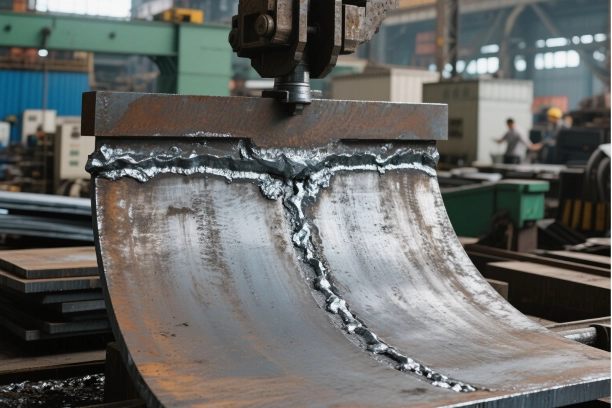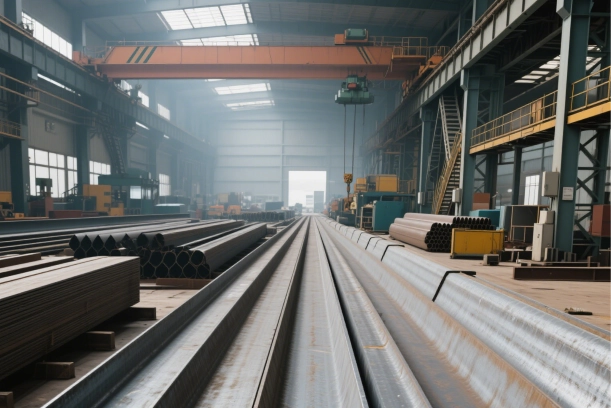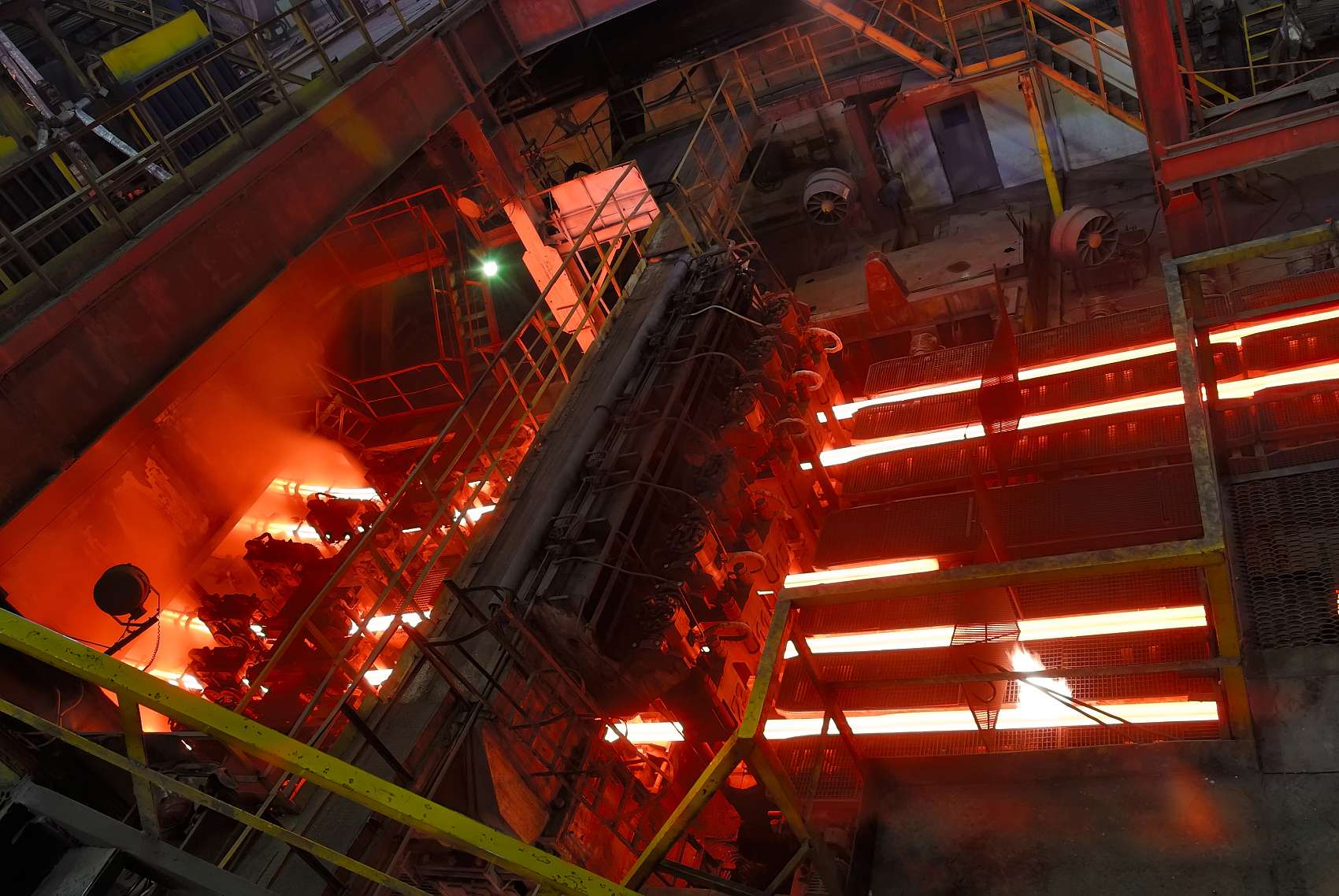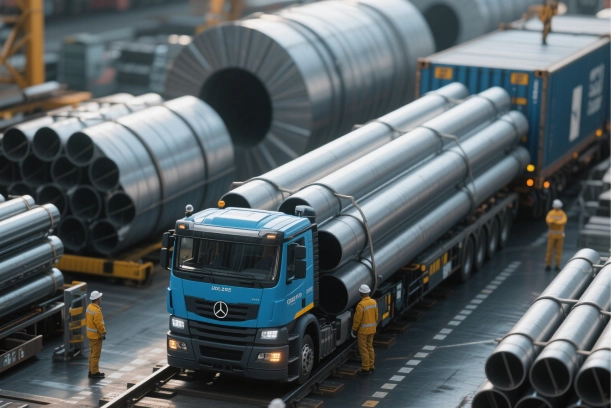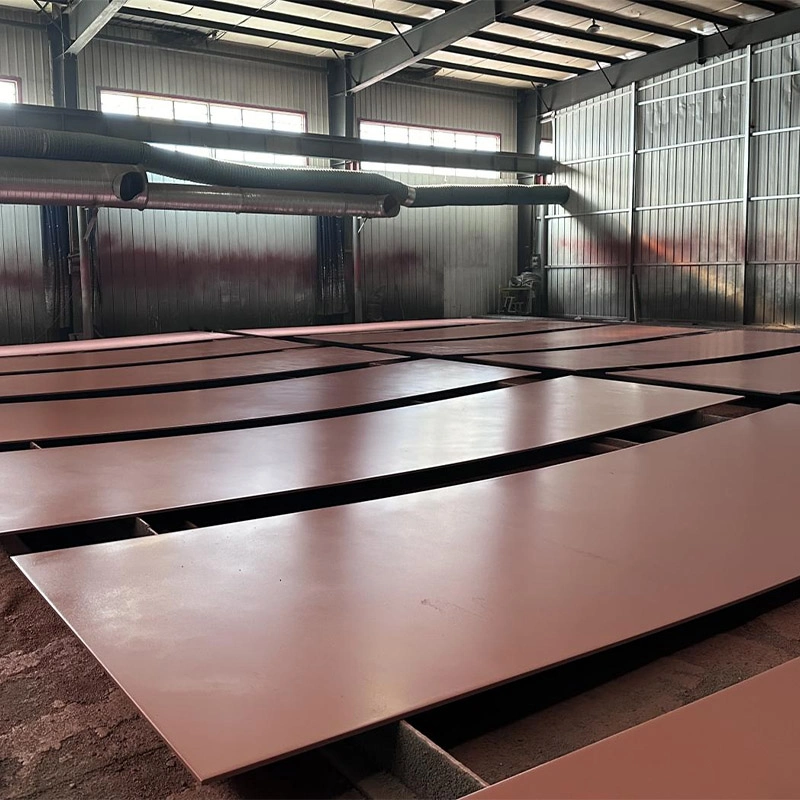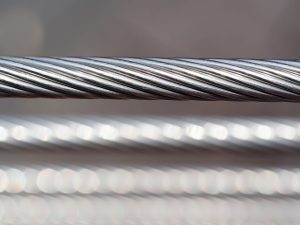
Types of Prestressed Concrete Steel Strand
Steel strands of prestressed concrete, an essential element of modern construction that improves new concrete structures. These strands are generalised on structure and application uniqueness of strands are designated with specific titles to meet engineering requirements.
- 1×2 Standard Type: Comprising two cold-drawn smooth steel wires, this type is suitable for general prestressed applications.
- 1×3 Standard Type: Made of three cold-drawn smooth steel wires, it offers enhanced strength for more demanding applications.
- 1×7I Indented Type: Features six indented steel wires twisted around a central wire, optimizing the bond with concrete for improved performance.
- 1×7H Spiral Rib Type: Similar to the 1×7I type but includes a spiral rib central wire to further enhance bonding capabilities.
- (1×7)C Compact Drawn Type: After twisting seven steel wires, they undergo cold drawing to increase density and strength, making them ideal for high-stress environments.
- 1×19S Seale and 1×19W Warrington Types: These special multi-layer twisted structures are designed for high-strength requirements in long-span structures.
How to Use Prestressed Concrete Steel Strand
Preparation and Cutting Process
Choosing the suitable one-strand type according to project requirements. After selection, it must be cut exactly according to design requirements. This process uses special tools that leave clean cuts, which do not disturb the integrity of the structure of the strand.
It must be cut with a grinding wheel saw when cutting material, and the cutting head must be flat and cannot be cut by the weld; After the material is cut, take lashing measures to cut the strands according to the requirements in time, and avoid having loose ends. Once the cutting is done, steel strands are bundled carried to a nearby place, and labeled for use as needed. Do not drag during the transport, the surface of the steel strand is prone to corrosion and damage; The steel strand surface is easy to be damaged and corroded, so it should not be pulled and dropped directly during transportation.
Stranding Process
Stranding is the procedure of twisting a number of steel wires together into a group. The strand is then processed to increase strength and durability. This gentler process needs to be performed in calibrated situations to make sure that the armfuls of the strands are produced uniformly and consistently throughout the length of the strands. Getting the tensions correct in this phase is key for optimal performance.
Prestressing Techniques
Prestressing techniques involve applying tension to the strands before or after they are embedded in concrete. There are two primary methods:
- Pre-tensioning: In this method, strands are stretched before pouring concrete. Once the concrete hardens, the tension is released, compressing the concrete and enhancing its load-bearing capacity.
- Post-tensioning: strands are placed in ducts within the concrete and tensioned once the concrete is cured. It enables modifications during construction and is commonly used in large-scale projects such as bridges and skyscrapers. This method permits changes in the course of construction and is mainly used for big construction projects like bridges and high-rising buildings.
So, armed with the basics of how prestressed concrete steel strands are used, and the areas to which they are applicable, professionals can mark their project sites as positively affected by these materials, able to shape and be shaped to last in ones designed with the end in mind.
Application Areas of Prestressed Concrete Steel Strand
Prestressed concrete steel strands are integral to a variety of construction and infrastructure projects. Their unique properties make them indispensable in several key application areas:
Bridges
Prestressed concrete steel strands are widely used in bridge construction, particularly in suspension cables, stay cables and prestressed beams. These parts play an important role in large spans support and resisting dynamic loads imposed on the bridge. These strands of impressive tensile strength and low relaxation ensure immense stress on bridges without losing their form for years.
Building Floors
Use of prestressed concrete steel strands in transfer floors and slabs for high-rise buildings These components combine to efficiently transfer loads throughout the structure, improving overall stability and providing more flexibility in architectural design. Prestressed Strands provide more strength with less concrete therefore less material is used and is advantageous in building floors.
Tunnels and Underground Projects
Crack-free, long-lasting support assembly with prestressed concrete steel strands, ensuring tunneling and underground engineering keep you safe and sour in the long run. This helps control ground pressure but also ensures structures do not deform over time. This plays a critical role in seismic zones where horizontal ground movement can be harmful. This is crucially important when moving ground can be dangerous in seismic zones.
Railway Transportation
Prestressed concrete steel strands find a place of great benefit in railway infrastructures. They are used to make railway sleepers and track systems with a higher load-bearing capacity and wear resistance. It makes rail networks run faster and reduces their maintenance costs. This means rail networks can operate more efficiently with lower maintenance costs.
General Concrete Applications
Prestressed concrete steel strands play a pivotal role in various construction scenarios:
- Concrete Pavement: They provide additional strength and durability, making them ideal for roadways that endure heavy traffic loads.
- Soil Piles: Used in foundation work, these strands enhance stability by reinforcing soil piles against shifting and settling.
Prestressed concrete steel strands are also employed in common concrete applications such as the reinforcement of pavements and soil pile stabilization, among others, not only in specialized applications. In road construction; they make pavements more resistant to heavy traffic loads. They bolster soil piles in foundation work so there is no settling or shifting that can then do structural damage. They reinforce soil piles in foundation work to prevent settling and shifting of soil that would compromise structural integrity.
PromiSpecial Best PC Strand Solutions
PromiSpecial offers a comprehensive range of high-quality prestressed concrete steel strand solutions tailored to meet diverse industry requirements:
High Strength Options
The PC strands offered by PromiSpecial are engineered to deliver exceptional tensile strength, significantly boosting the load-bearing capacity of structures across multiple industries.
Enhanced Ductility Features
PromiSpecial’s PC strands exhibit excellent ductility, allowing them to elongate before breaking. This characteristic enhances the toughness and resilience of structures during dynamic loading conditions.
Corrosion Resistance
The resistance to corrosion is one of the most important aspects of the durability of prestressed concrete structures. Galvanizing is perhaps the most common form of treatment performed, involving the attachment of a zinc coating that helps protect these strands in environmental situations that include moisture, chemicals, and more. Provides long-lasting protection in extreme atmospheres. This ensures long-lasting functionality even in extreme environments.
To ensure longevity even in harsh environments, PromiSpecial offers corrosion-resistant options such as galvanized PC strands. These provide a protective barrier against environmental factors like moisture and chemicals.
Long-term Stability Assurance
PromiSpecial’s commitment to quality ensures that their PC strands maintain low relaxation properties over time. This guarantees long-term stability for structures subjected to continuous stress or load variations.
Diverse Range of Products
PromiSpecial offers a broad range of PC strand types to meet different application needs and comprehensive service ensuring product quality.
| Product Name | Standards | Specifications | Strength Level | Zinc Coating Level | Performance Characteristics |
| Galvanized Steel Strand | YB/T5004 GB/T1179 GB/T3428 Supply Technical Agreement ASTM A475 BS183 |
1×7/4.5-12.0 1×19/7.5- 17.5 |
1270-1670 G1A-G5A or as per Agreement |
A/B or as per Technical Agreement | The surface of the wire is smooth with a uniform zinc coating; twisting (stranding) is even; electrical resistivity, mechanical, and physical properties fully meet the customer’s specified requirements; the wire has good drawability. |
| Product Name | Standards | Nominal Diameter | Diameter Deviation | Nominal Tensile Strength | Performance Characteristics |
| Cold-Drawn Steel Wire, Plain Round Steel Wire, Spiral Ribbed Steel Wire, Indented Steel Wire |
GB/T5223, BS5896, pr EN10138, AS/NZS 4672, JIS G3536 and so on |
φ4.0、φ4.8 Φ5.0、Φ6.0 φ6.25、φ7.0 φ7.0、φ8.0 φ9.0 |
±0.04
±0.05 ±0.06 |
1470MPa 1570MPa 1670MPa 1770MPa 1860MPa |
High Strength, Low Relaxation |
| Product Name | Standards | Nominal Diameter | Diameter Deviation | Nominal Tensile Strength | Performance Characteristics |
| Prestressed Concrete Steel Strand | GB/T 5224 ASTM A416/A416M BS5896 PrEN10138 AS/NZS 4672 JIS G3536 |
1×7-9.3 | +0.30/-0.15 | 1720MPa
1770MPa 1860MPa 1960MPa 2000MPa |
High Strength, Low Relaxation |
| 1×7-9.50 (9.53) |
+0.30/-0.15 | ||||
| 1×7-12.5 | +0.40/-0.15 | ||||
| 1×7-12.7 | +0.40/-0.15 | ||||
| 1×7-12.9 | +0.40/-0.15 | ||||
| 1×7-15.2 (15.24) |
+0.40/-0.15 | ||||
| 1×7-15.7 | +0.40/-0.15 | ||||
| 1×7-17.8 | +0.40/-0.15 | ||||
| 1×7-21.6 | +0.40/-0.15 | ||||
| Product Name | Standards | Nominal Diameter | Nominal Tensile Strength | Performance Characteristics | |
| Unbonded Prestressed Steel Strand | JG/T161 | 1×7-12.7 | 1860MPa | Unbonded prestressed steel strand is coated with a corrosion-resistant lubricating layer on its surface and encased in a high-density polyethylene sheath, allowing for permanent relative movement between the steel strand and the sheath.
Its advantages include: no need to reserve conduits during construction, eliminating complex procedures like threading and grouting, simplifying the construction process, and accelerating construction speed. Additionally, it has low friction and can easily be bent into multi-span curved shapes, making it particularly suitable for large-span single and double-direction continuous multi-span curved reinforcement beams and roof structures. |
|
| 1×7-15.2 | 1960MPa | ||||


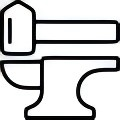
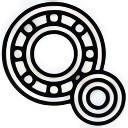

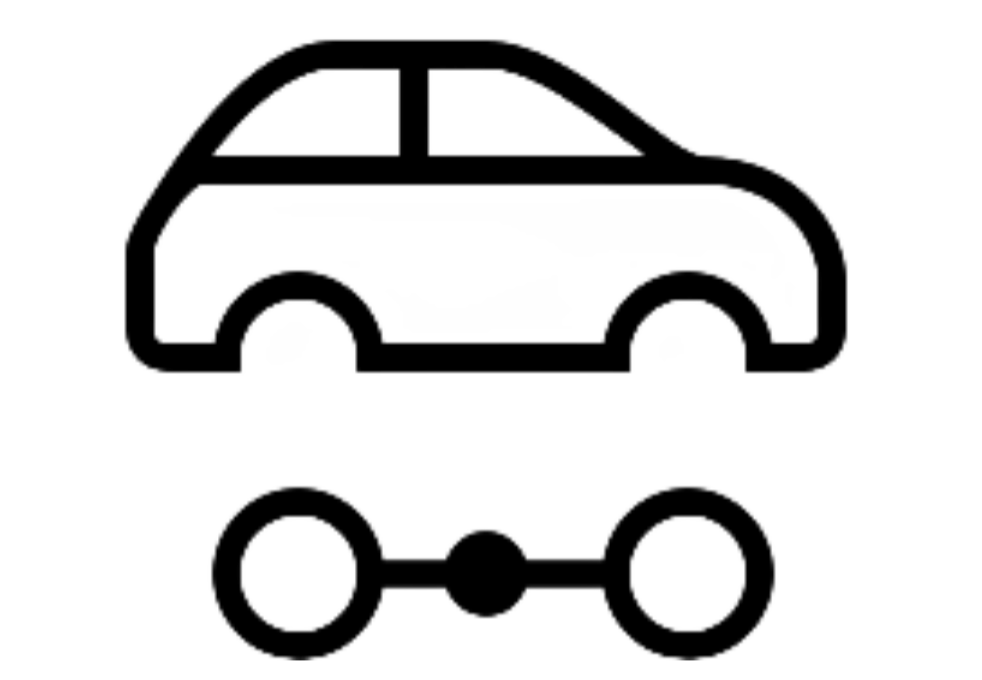
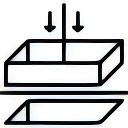


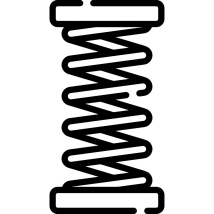

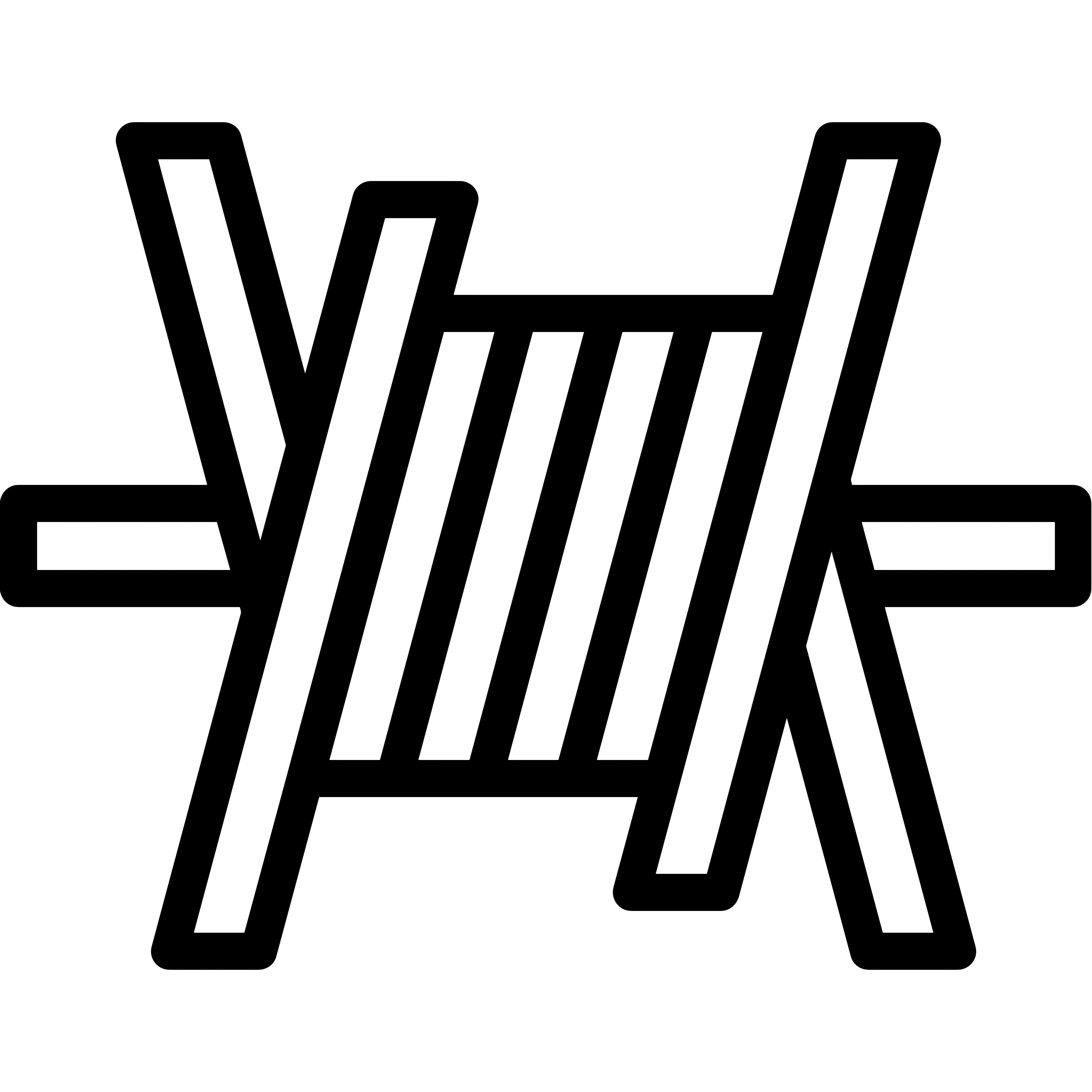




.webp)
